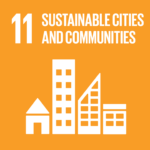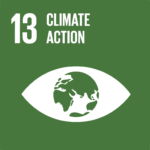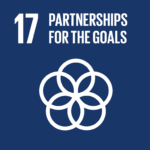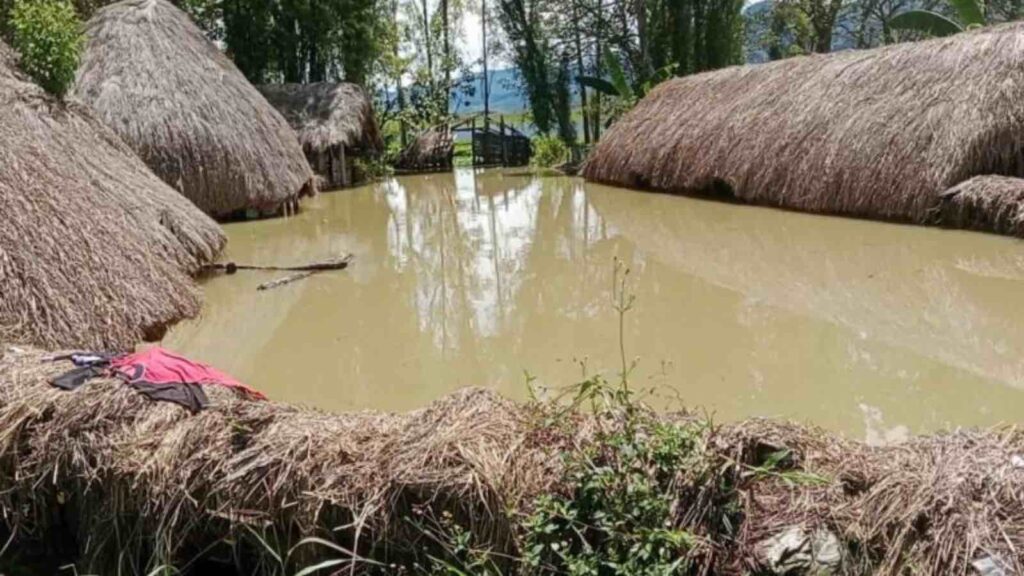Nestled at 1,500–2,000 meters above sea level, Baliem Valley is surrounded by the towering peaks of the Jayawijaya Mountains. Once known for its tranquil climate and reliable agriculture, the valley is now the latest victim of a changing climate.
WAMENA, PAPUA — The devastating floods that swept through Baliem Valley in Jayawijaya Regency from mid to late April have inundated over 200 villages and displaced thousands, marking one of the worst environmental disasters in the highlands’ recent memory. For residents like Sonny Wammu of Maima Village, the event is unlike anything the region has witnessed. “This is not the kind of flood we used to see. This is something entirely different,” he said.
RELEVANT SUSTAINABLE GOALS



A Rare Crisis in High-Altitude Highlands
Nestled at 1,500–2,000 meters above sea level, Baliem Valley is surrounded by the towering peaks of the Jayawijaya Mountains. Once known for its tranquil climate and reliable agriculture, the valley is now the latest victim of a changing climate.
The torrential rains that began around April 17 and peaked from April 26 to 28 submerged homes, destroyed crops, and left entire communities stranded. According to the Jayawijaya Disaster Management Agency (BPBD), 16,785 families were affected, and 832 people had to evacuate. Districts such as Maima, Pisugi, and Kurulu were hardest hit.
Meteorological data from BMKG Wamena confirms the heavy rainfall was unprecedented. Subahari, the station’s chief, linked the extreme weather to climate change. “There is a clear increase in baseline temperatures and humidity levels. What was once rare is becoming normal,” he said.
Maikel Peuki of Walhi Papua emphasized that this flood reflects deeper ecological stress. “This is not merely a natural disaster. It’s a symptom of systemic environmental mismanagement,” he said. Deforestation, weak environmental oversight, and unsustainable development have intensified local vulnerability.
Indigenous Communities in Peril
The Hubula people, who populate the Baliem Valley, rely heavily on subsistence agriculture. With fields and irrigation systems devastated, food security is now at risk. Damage to farmland threatens the availability of staples like sweet potatoes and native vegetables.
Maikel highlighted that ecological justice is inseparable from social justice. “In disasters, marginalized groups—women, children, the elderly—suffer the most. The state must ensure equitable aid distribution,” he said.
For Abner Mansai Ar of Forum Kerjasama LSM Papua (Foker), the floods serve as a warning. With Jayawijaya set to become the capital of the newly formed Papua Pegunungan province, unchecked development could further destabilize the ecosystem.
“We must rethink spatial planning and watershed management. If not, today’s disaster will be tomorrow’s norm,” he warned.
He called for urgent policy reforms that integrate Indigenous wisdom, prioritize ecological restoration, and halt environmentally damaging projects. “This is a pivotal moment. The future of Papua’s highlands depends on decisions made today.”
The Road Ahead
Walhi Papua and Foker have laid out a multi-point action plan:
- Immediate humanitarian relief prioritizing vulnerable populations.
- A full audit of regional development policies and environmental impacts.
- Inclusive ecological restoration led by Indigenous communities.
- A moratorium on environmentally risky projects.
Local wisdom, they argue, offers viable models for sustainability. Empowering Indigenous voices could chart a path toward resilience.
“The floodwaters may recede,” said Abner, “but if we ignore the signs, we risk losing more than homes. We risk losing the harmony that has sustained these mountains for generations.”
You may also be interested in :
Majority of APEC Countries Demand Urgent Climate Action to Protect Future Generations: Ipsos Report





